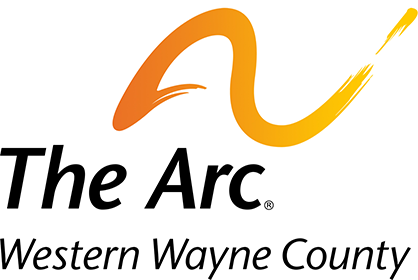Helpline Resource
Online and Automated Telephone Service
What are Inhalants?
Inhalants are breathable chemical vapors or gases that produce psychoactive or mind-altering effects when abused or misused. Once commonly referred to as glue sniffing, inhalant abuse now includes a broad range of volatile solvents and gas products, aerosols, anesthetics and nitrites.
Inhalants are abused either by sniffing through the nose or inhaling fumes through the open mouth, known as huffing. Usually the open tube of glue, nail polish or marker is placed close to the nose and the fumes are inhaled. People who abuse inhalants may also spray the substance into a plastic or paper bag and huff that way, or even place the bag over the entire head. Often a product will be poured or sprayed on a piece of cloth, a rag, a towel or a shirt sleeve or into a soda can and inhaled in that manner.
Adolescents, especially those who may not have enough money for drugs, usually try inhalants. Kids, ages 9 to 12 may begin to abuse inhalants and abuse usually peaks in adolescence. Parents should be aware that teenage users are found in all racial and socioeconomic groups.
Most inhalants are readily available, inexpensive or free and usually legal to purchase and possess. The high is achieved instantly and lasts only about five to fifteen minutes. Because products are easy to conceal and are useful everyday products found in homes, offices and schools, it is difficult to prevent access to them. Further, because these products are so common, many kids do not perceive them as harmful and do not understand the consequences of using them.
If you would like more information about inhalants, contact the Center for Substance Abuse Treatment at 800-662-4357, or visit them online at samhsa.gov.
Phone code: 1779
Inhalants are abused either by sniffing through the nose or inhaling fumes through the open mouth, known as huffing. Usually the open tube of glue, nail polish or marker is placed close to the nose and the fumes are inhaled. People who abuse inhalants may also spray the substance into a plastic or paper bag and huff that way, or even place the bag over the entire head. Often a product will be poured or sprayed on a piece of cloth, a rag, a towel or a shirt sleeve or into a soda can and inhaled in that manner.
Adolescents, especially those who may not have enough money for drugs, usually try inhalants. Kids, ages 9 to 12 may begin to abuse inhalants and abuse usually peaks in adolescence. Parents should be aware that teenage users are found in all racial and socioeconomic groups.
Most inhalants are readily available, inexpensive or free and usually legal to purchase and possess. The high is achieved instantly and lasts only about five to fifteen minutes. Because products are easy to conceal and are useful everyday products found in homes, offices and schools, it is difficult to prevent access to them. Further, because these products are so common, many kids do not perceive them as harmful and do not understand the consequences of using them.
If you would like more information about inhalants, contact the Center for Substance Abuse Treatment at 800-662-4357, or visit them online at samhsa.gov.
Phone code: 1779


